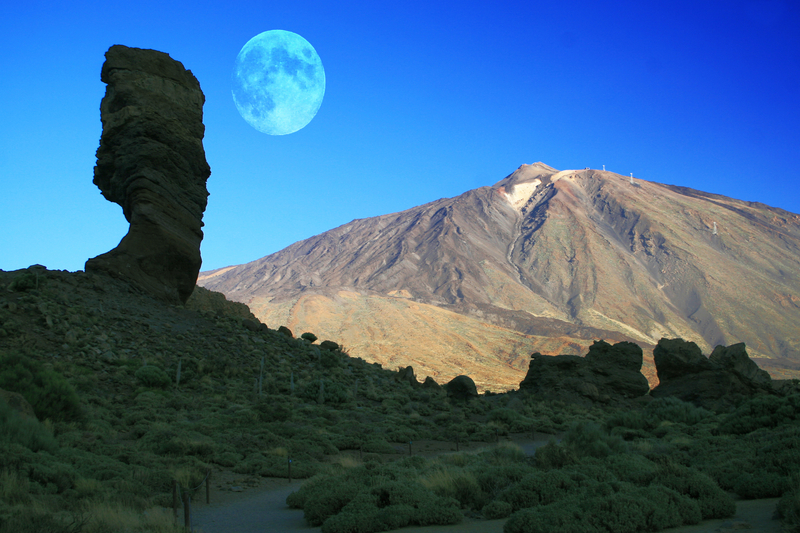
Over the past ten days, 34 minor earthquakes have been registered beneath Teide, Spain’s highest mountain. This seismic activity, unnoticed by the general population, nonetheless triggers increased vigilance among scientists. Although officials rule out an immediate eruption risk, developments are being closely monitored.
Low Intensity, High Attention: What the Data Shows
Most of the registered earthquakes were concentrated on the 23rd and 26th of the month, reaching a magnitude of less than 1.7. For comparison: the strongest earthquakes before the volcanic eruption on La Palma in 2021 reached magnitudes of 4.8 to 5 and were even felt in Tenerife. The current activity under Teide is therefore significantly below this value. Nevertheless, continuous monitoring by the National Geographic Institute (IGN) and the Volcanological Institute of the Canary Islands (Involcan) is crucial.
Experts Reassure: No Signs of an Eruption
The repeated seismic activity on Tenerife has understandably caused concern among residents, especially after the devastating eruption of the Tajogaite volcano on La Palma in 2021. However, experts from both institutes have given the all-clear. Despite a situation described as “anomalous,” there are no signs of an imminent volcanic eruption on Teide.
Itahiza Domínguez, director of the IGN in the Canary Islands, already stated during the last meeting of the Canary Islands Volcanic Emergency Plan (Pevolca) in January that there has been a gradual increase in seismic activity on Tenerife since 2016. At the same time, a slight increase in carbon dioxide (CO₂) emissions has been observed. Both indicators are continuously and precisely monitored to detect changes early.
Transparency and Trust: Criticism of Data Publication
The Facebook page “Volcanoes and science today” has criticized since 2019 the alleged lack of comprehensive information about seismic activity on Tenerife and especially in the region around Teide. In recent weeks, accusations of manipulation and data concealment by the IGN have even been made, such as an alleged reduction in the resolution of seismograms to obscure smaller earthquakes. A Change.org petition launched six years ago, which was reactivated in this context, currently finds little support.
Itahiza Domínguez firmly refutes the manipulation allegations. She attributes these accusations to a general tendency to question the work of public institutions, similar to what happened with the state meteorological agency. “We have always been very transparent with the data we provide,” emphasizes Domínguez, pointing out that the seismic activity of the entire country can be viewed practically in real time on the IGN website. This underscores the commitment to openness and accessibility of information.
Teide: A Gigantic Natural Wonder Under Constant Observation
Teide, located in the heart of Tenerife, is not only the highest mountain in Spain but also the third highest volcano in the world, standing at around 3,750 meters. It is located in the Teide National Park, a UNESCO World Heritage site and the most visited national park in Europe, attracting over 4 million tourists annually. The park’s landscape, shaped by past volcanic eruptions, attracts hikers, scientists, and photographers from around the world.
Teide is classified as an active stratovolcano, whose last eruption occurred in 1909. The recent seismic activity is a reminder that this impressive mountain is a living natural phenomenon whose behavior always remains unpredictable. Therefore, every tremor, let alone a whole series, requires increased attention. Should the tremors become more frequent or intense, or if surface changes begin to show, concern would escalate accordingly. Currently, Teide is monitored 24/7 and is one of the most intensively observed volcanoes in Europe.



